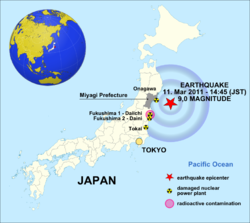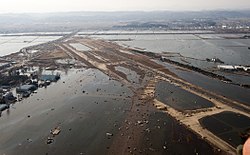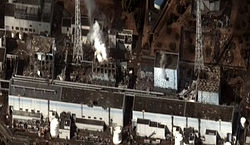Contents
- Incumbents
- Governors
- Events
- January
- February
- March
- May
- July
- August
- September
- October
- December
- Other events
- Deaths
- See also
- References
| |||||
| Decades: | |||||
|---|---|---|---|---|---|
| See also: | Other events of 2011 History of Japan • Timeline • Years | ||||
This article lists events in 2011 in Japan.





